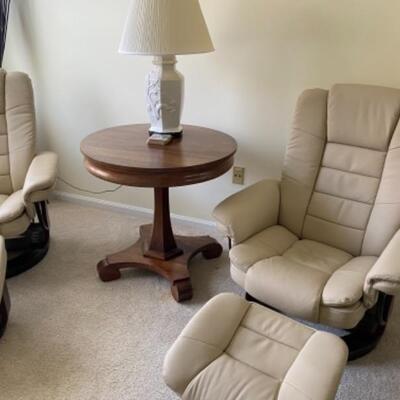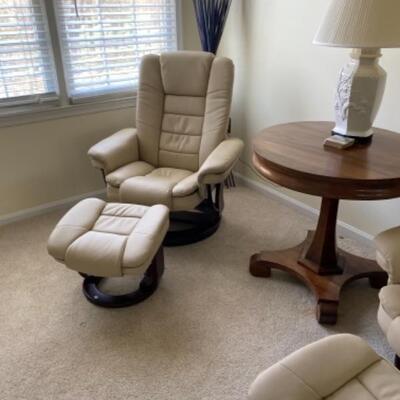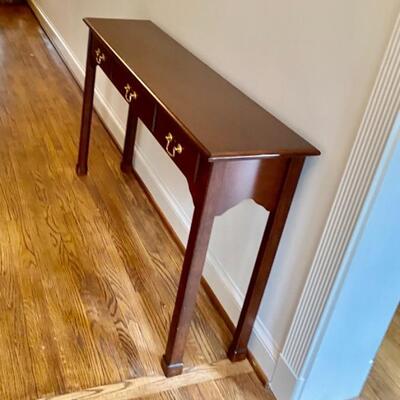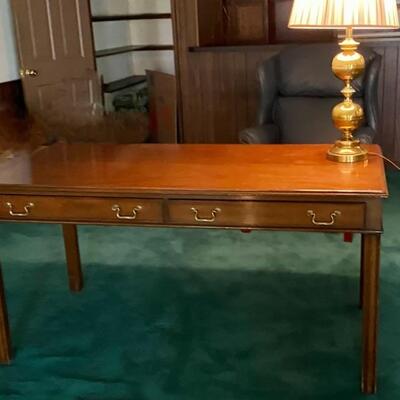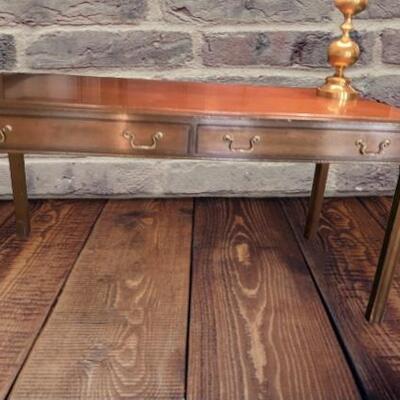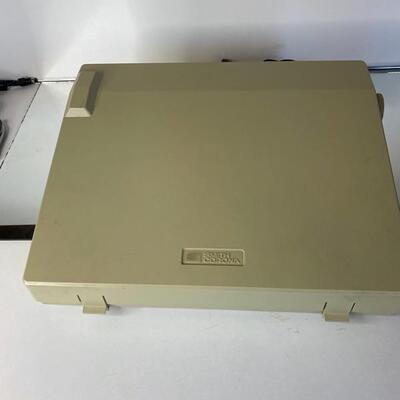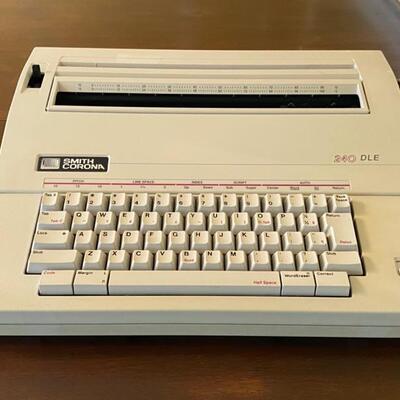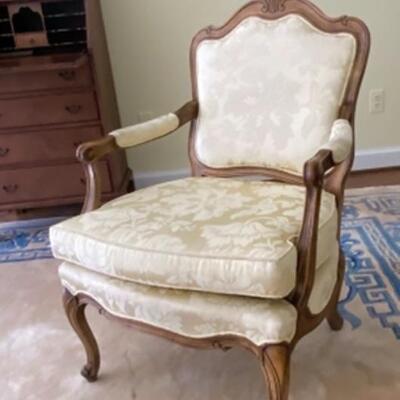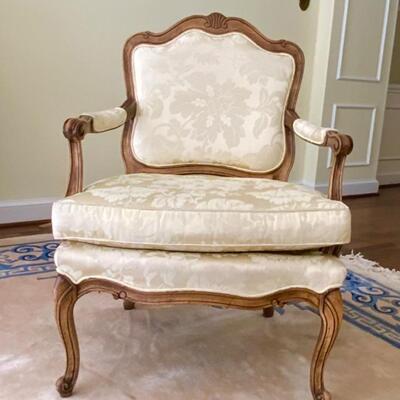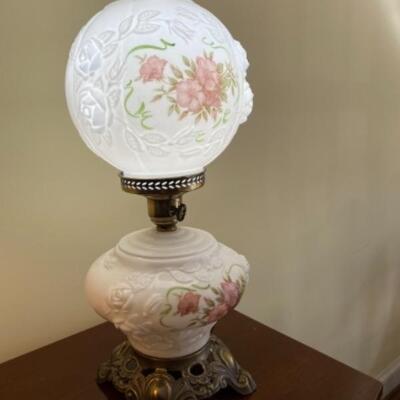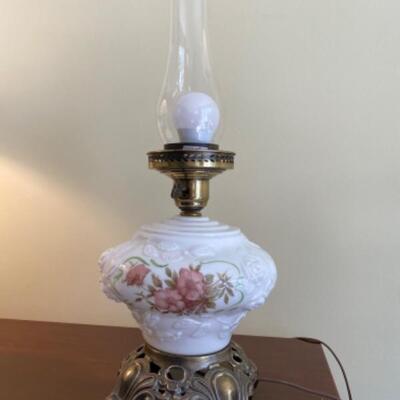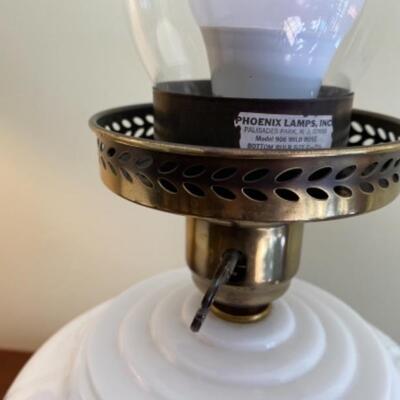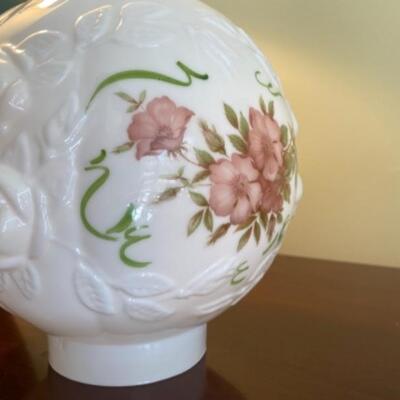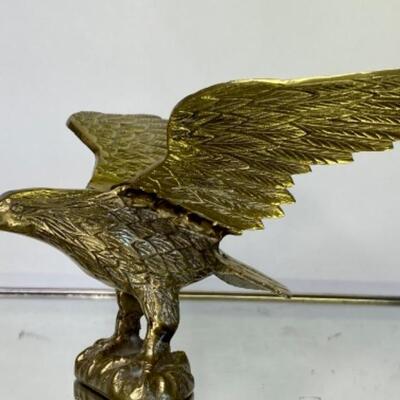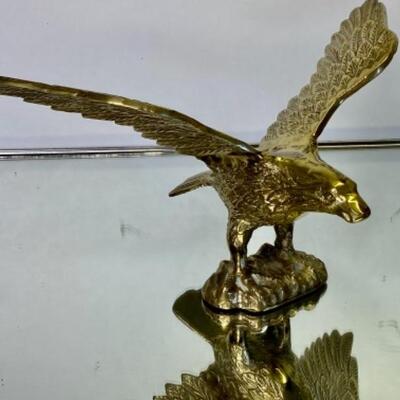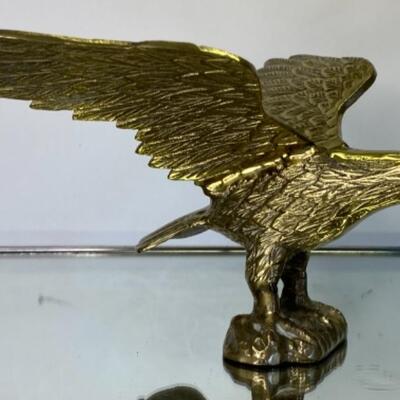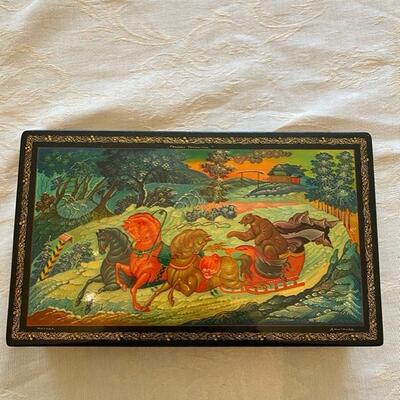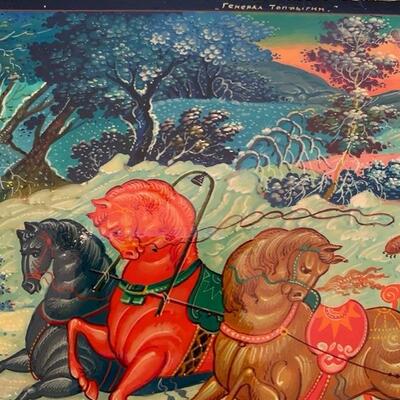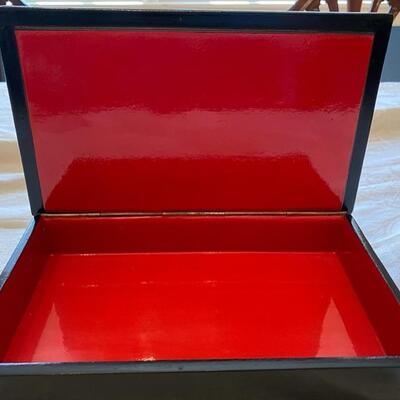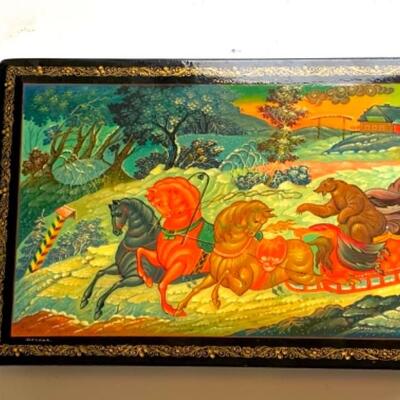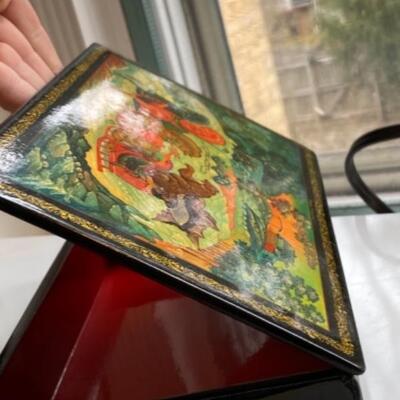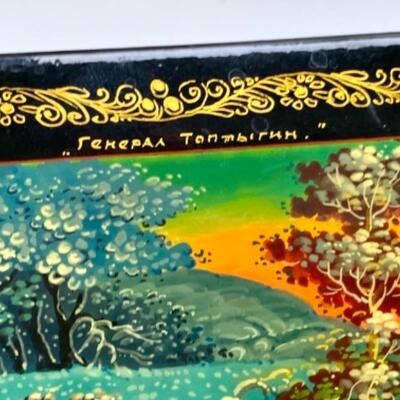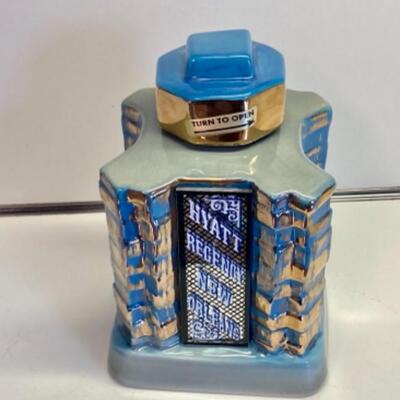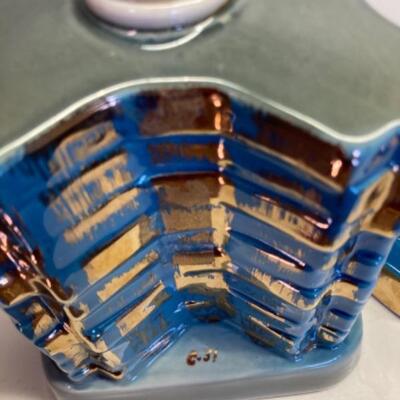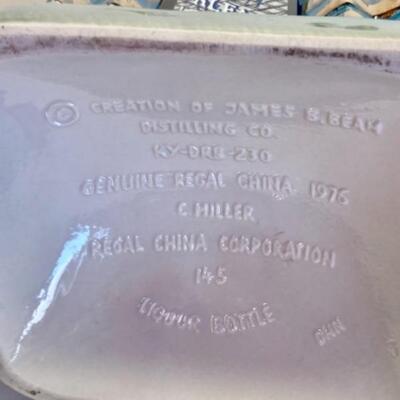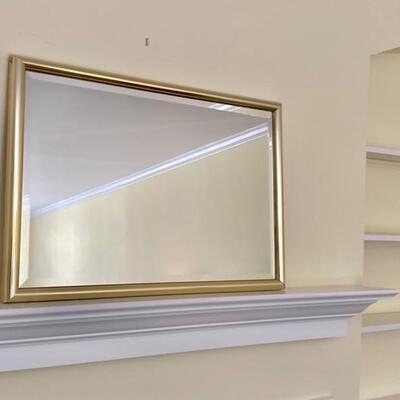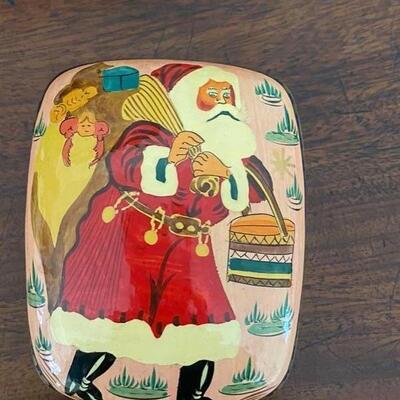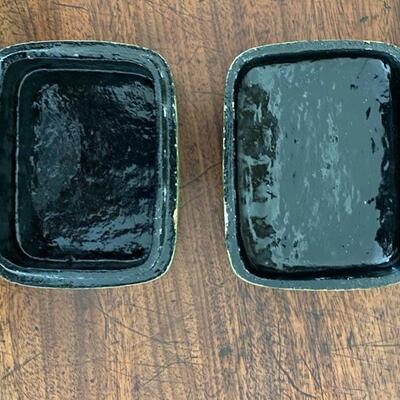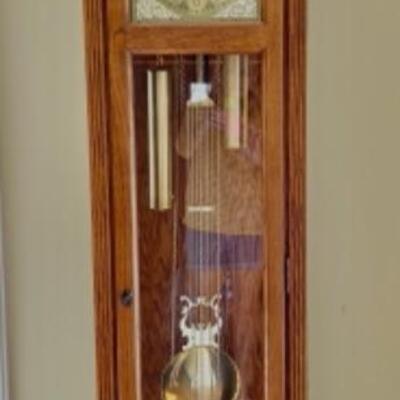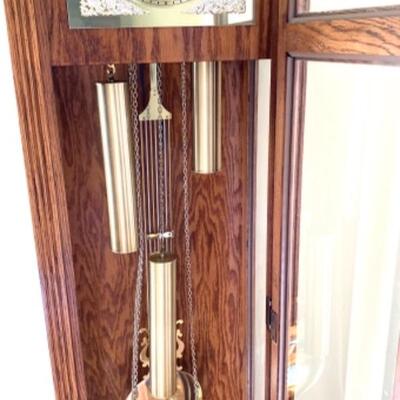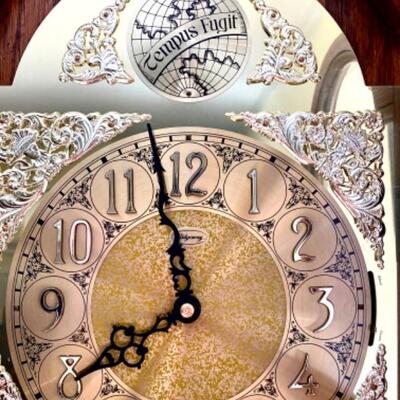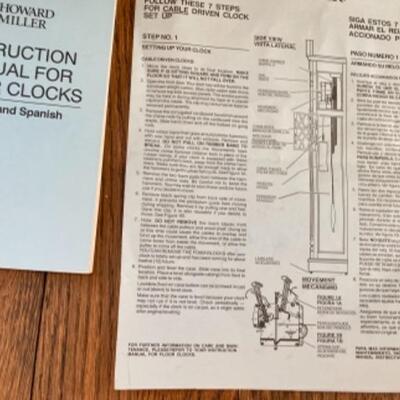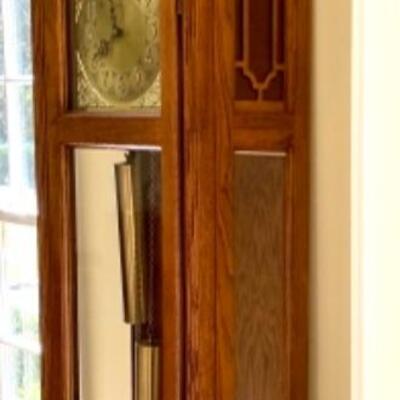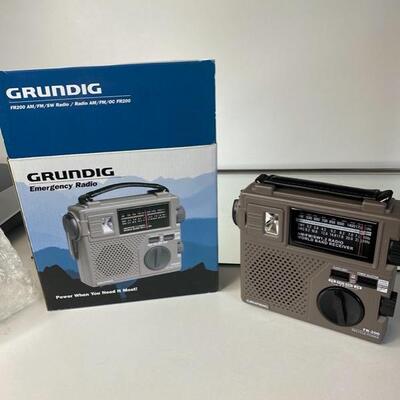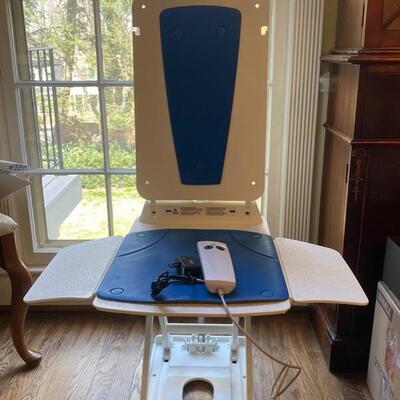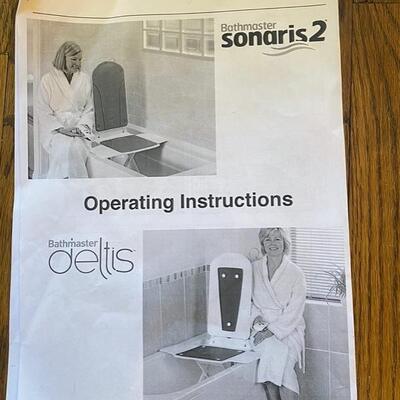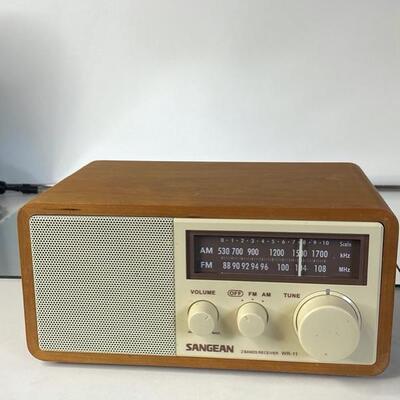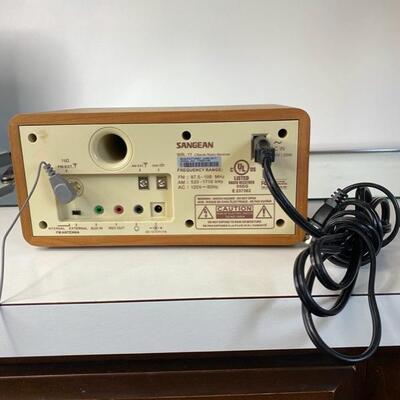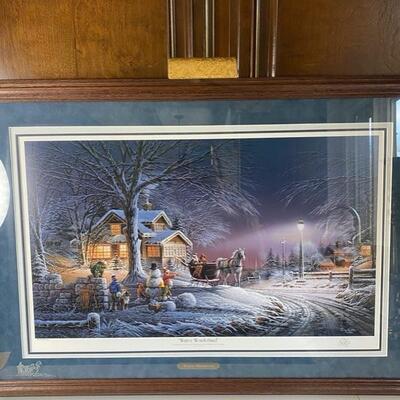-
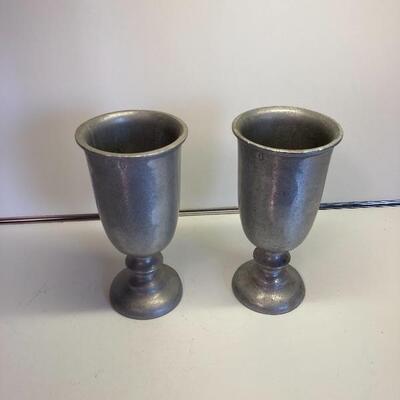
Height 7 “ 303 / 932 -
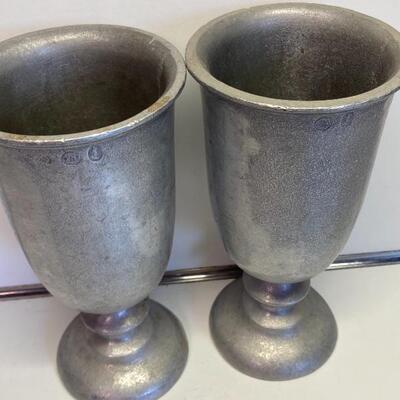
Height 7 “ 304 / 932 -

Height 7 “ 305 / 932 -
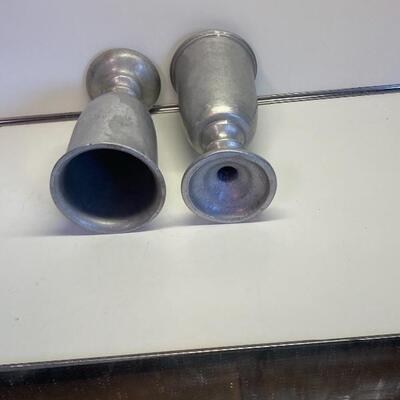
Height 7 “ 306 / 932 -

Lovely old EMPIRE antique flame mahogany dresser with attached top stylized swinging mirror w glove drawer. Four drawers with original knobs open smoothly. About 70†tall to top of mirror, 36†tall to top of drawers, 41.5†wide, 19†deepest. A couple minor veneer chips not noticeable, mirror screws need tightening 307 / 932 -
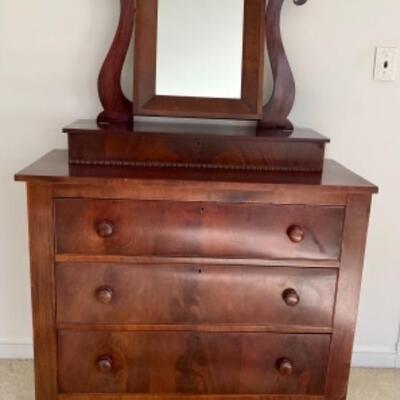
Lovely old EMPIRE antique flame mahogany dresser with attached top stylized swinging mirror w glove drawer. Four drawers with original knobs open smoothly. About 70†tall to top of mirror, 36†tall to top of drawers, 41.5†wide, 19†deepest. A couple minor veneer chips not noticeable, mirror screws need tightening 308 / 932 -
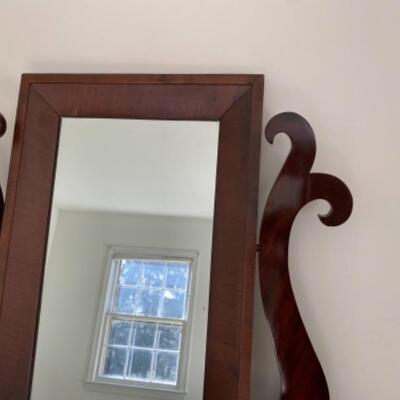
Lovely old EMPIRE antique flame mahogany dresser with attached top stylized swinging mirror w glove drawer. Four drawers with original knobs open smoothly. About 70†tall to top of mirror, 36†tall to top of drawers, 41.5†wide, 19†deepest. A couple minor veneer chips not noticeable, mirror screws need tightening 309 / 932 -
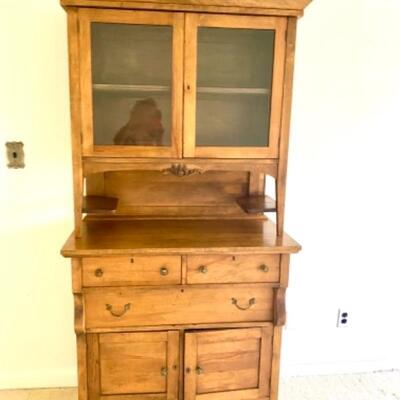
Charming 19th C Victorian era primitive golden oak handcarved and scrolled cabinet. Two pieces - bottom piece has 3 drawers and a pair of closed doors. Top glass door cupboard on open legs with little shelves. Simple flush set doors and drawers, just little floral decoration to edge of top and bottom. Original glass. Measures 76†tall , 39†wide. Bottom 19†deep. Top set back to 13’†depth. Lovely patina, great old piece for anywhere in the home 310 / 932 sold -
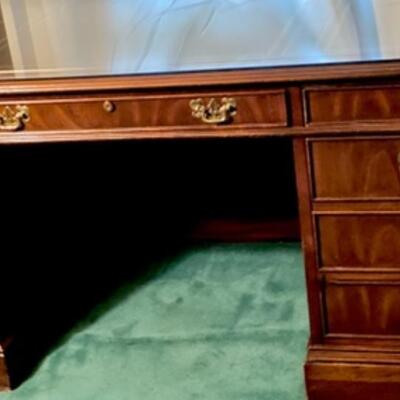
American mahogany Chippendale style classic substantial executive desk, by Sligh Furniture, Holland, Michigan, three gilt embossed brown leather insets on the substantial top having canted corners, three slim drawers and pull out writing surfaces, over the knee hole flanked by two file and two lower drawers to either side, the whole paneled all around with shell carved accents and flame mahogany accents, large pull out surface to the reverse. Rounded corners - client had custom glass made to fit so leather in AMAZING vibrant condition and the gilt intact ! EXCELLENT CONDITION,.! 30"h, 72"w, 36"d Credenza in same design listed separately 313 / 932 -

American mahogany Chippendale style classic substantial executive desk, by Sligh Furniture, Holland, Michigan, three gilt embossed brown leather insets on the substantial top having canted corners, three slim drawers and pull out writing surfaces, over the knee hole flanked by two file and two lower drawers to either side, the whole paneled all around with shell carved accents and flame mahogany accents, large pull out surface to the reverse. Rounded corners - client had custom glass made to fit so leather in AMAZING vibrant condition and the gilt intact ! EXCELLENT CONDITION,.! 30"h, 72"w, 36"d Credenza in same design listed separately 314 / 932 -
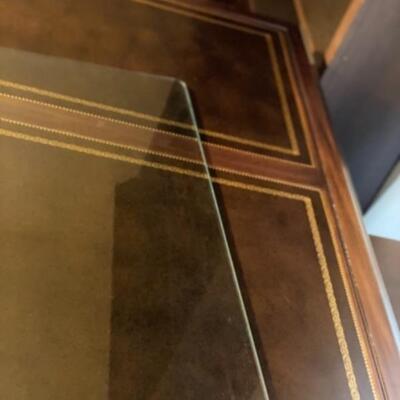
American mahogany Chippendale style classic substantial executive desk, by Sligh Furniture, Holland, Michigan, three gilt embossed brown leather insets on the substantial top having canted corners, three slim drawers and pull out writing surfaces, over the knee hole flanked by two file and two lower drawers to either side, the whole paneled all around with shell carved accents and flame mahogany accents, large pull out surface to the reverse. Rounded corners - client had custom glass made to fit so leather in AMAZING vibrant condition and the gilt intact ! EXCELLENT CONDITION,.! 30"h, 72"w, 36"d Credenza in same design listed separately 315 / 932 -
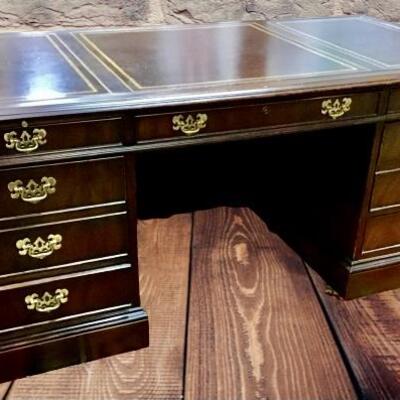
American mahogany Chippendale style classic substantial executive desk, by Sligh Furniture, Holland, Michigan, three gilt embossed brown leather insets on the substantial top having canted corners, three slim drawers and pull out writing surfaces, over the knee hole flanked by two file and two lower drawers to either side, the whole paneled all around with shell carved accents and flame mahogany accents, large pull out surface to the reverse. Rounded corners - client had custom glass made to fit so leather in AMAZING vibrant condition and the gilt intact ! EXCELLENT CONDITION,.! 30"h, 72"w, 36"d Credenza in same design listed separately 316 / 932 -
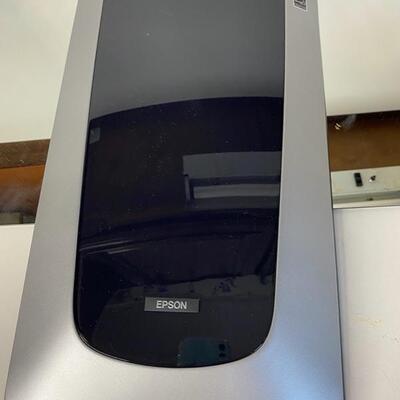
Like new photo scanner from Epson 319 / 932 sold -
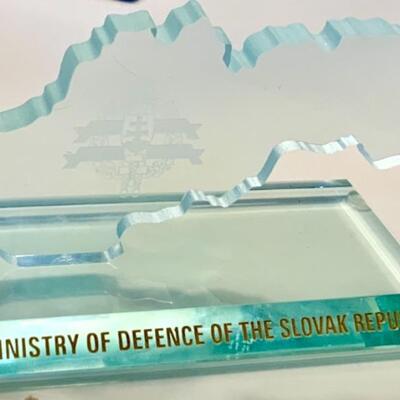
A boxed diplomatic gift from the Ministry of Defence of the Slovak Republic from Jaroslav Baska, this is mounted crystal in shape of country of Slovakia with Slovak cross etched upon it and gilt lettering on base. In blue velvet lined box Crystal measures 5.5 wide, 3.5 tall. No scratch rubber on four corners. No flaws of note. 320 / 932 sold -
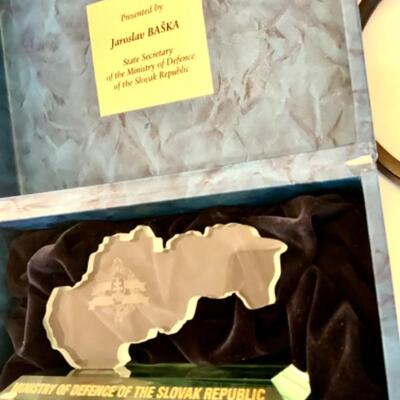
A boxed diplomatic gift from the Ministry of Defence of the Slovak Republic from Jaroslav Baska, this is mounted crystal in shape of country of Slovakia with Slovak cross etched upon it and gilt lettering on base. In blue velvet lined box Crystal measures 5.5 wide, 3.5 tall. No scratch rubber on four corners. No flaws of note. 321 / 932 sold -
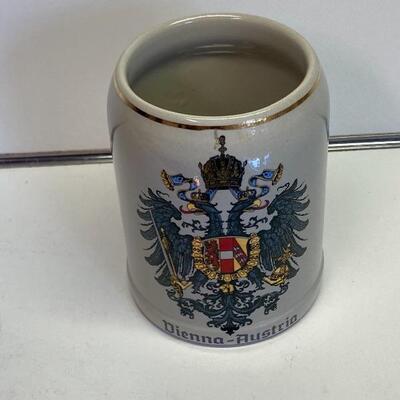
Height 5†324 / 932 -
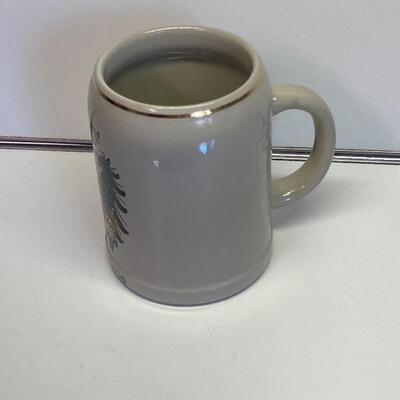
Height 5†325 / 932 -
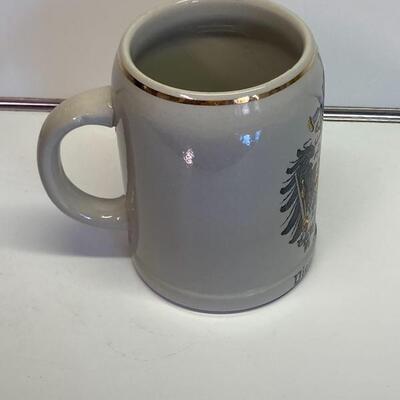
Height 5†326 / 932 -
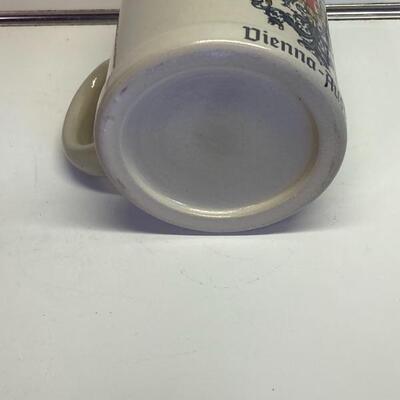
Height 5†327 / 932 -

Height 5†328 / 932 -
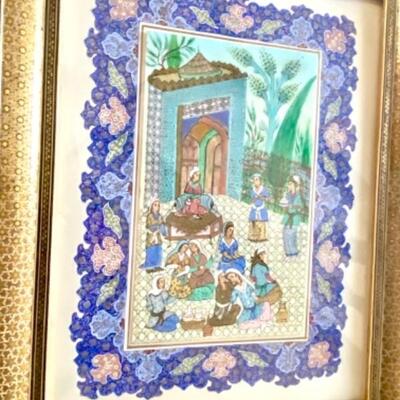
Persian Iranian “miniature†painting depicting classic courtyard scene of women in courtyard serving person on throne. This scene is paintstakingly hand painted on celluloid decorated with illumination in Khatam coated frame. It is painted and illuminated by hand and the frame is coated with khatam.The frame is in very good condition allthough there are some wear/missing parts specially on back The words taswir or nakish were used to define this art in Ottoman language. The studios the artists worked in were called Nakkashane. The miniatures were not signed. This is partly because of the world view of the tradition that rejected individualism. Another reason is that the works were not created entirely by one person: The head painter designed the composition of the scene and his apprentices drew the contours (which is called tahrir) with black or colored ink and then painted the miniature without creating an illusion of third dimension. The head painter, and much more often the scribe of the text were named and depicted in some of the manuscripts. The understanding of perspective is different from that of European Renaissance Painting tradition and the scene depicted may include different time periods and spaces. The miniatures followed closely the context of the book, resembling illustrations of the picture books today. The colors were obtained by ground powder pigments mixed with egg-white and later with diluted gum arabic. The colors were brilliant. Contrasting colors were used side by side with warm colors that reminds us of the 20th century avant-garde painters' approach in color selection. The color nuances of the same shade were applied in a masterly fashion. The most used colors were bright red, scarlet, green and different shades of blue. The world-view underlying the Ottoman miniature painting was also different from that of European Renaissance Painting tradition. The painters did not mainly aim to depict the human beings and other living or non-living beings realistically, although increasing realism is found from the later 16th century onwards. Like Plato , they despised mimesis because according to the world view of sufism the appearance of worldly beings was not permanent and worth devoting effort to. Painting is mounted onto handpainted border and then put in the frame. Amazing gilt and depth. Measures 16 x 20 framed, interior painting Is 6.5 x 10 , painted border 10 x 14â€. Lovely old work of Persian art. 329 / 932 sold -
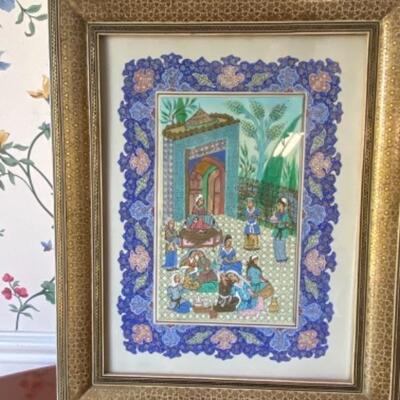
Persian Iranian “miniature†painting depicting classic courtyard scene of women in courtyard serving person on throne. This scene is paintstakingly hand painted on celluloid decorated with illumination in Khatam coated frame. It is painted and illuminated by hand and the frame is coated with khatam.The frame is in very good condition allthough there are some wear/missing parts specially on back The words taswir or nakish were used to define this art in Ottoman language. The studios the artists worked in were called Nakkashane. The miniatures were not signed. This is partly because of the world view of the tradition that rejected individualism. Another reason is that the works were not created entirely by one person: The head painter designed the composition of the scene and his apprentices drew the contours (which is called tahrir) with black or colored ink and then painted the miniature without creating an illusion of third dimension. The head painter, and much more often the scribe of the text were named and depicted in some of the manuscripts. The understanding of perspective is different from that of European Renaissance Painting tradition and the scene depicted may include different time periods and spaces. The miniatures followed closely the context of the book, resembling illustrations of the picture books today. The colors were obtained by ground powder pigments mixed with egg-white and later with diluted gum arabic. The colors were brilliant. Contrasting colors were used side by side with warm colors that reminds us of the 20th century avant-garde painters' approach in color selection. The color nuances of the same shade were applied in a masterly fashion. The most used colors were bright red, scarlet, green and different shades of blue. The world-view underlying the Ottoman miniature painting was also different from that of European Renaissance Painting tradition. The painters did not mainly aim to depict the human beings and other living or non-living beings realistically, although increasing realism is found from the later 16th century onwards. Like Plato , they despised mimesis because according to the world view of sufism the appearance of worldly beings was not permanent and worth devoting effort to. Painting is mounted onto handpainted border and then put in the frame. Amazing gilt and depth. Measures 16 x 20 framed, interior painting Is 6.5 x 10 , painted border 10 x 14â€. Lovely old work of Persian art. 330 / 932 sold -
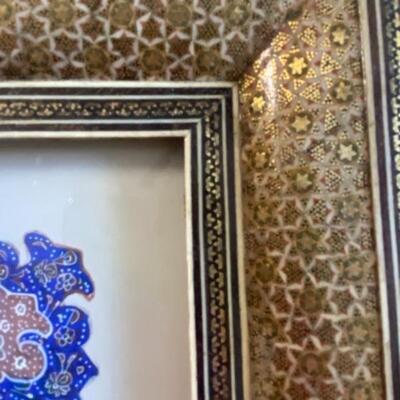
Persian Iranian “miniature†painting depicting classic courtyard scene of women in courtyard serving person on throne. This scene is paintstakingly hand painted on celluloid decorated with illumination in Khatam coated frame. It is painted and illuminated by hand and the frame is coated with khatam.The frame is in very good condition allthough there are some wear/missing parts specially on back The words taswir or nakish were used to define this art in Ottoman language. The studios the artists worked in were called Nakkashane. The miniatures were not signed. This is partly because of the world view of the tradition that rejected individualism. Another reason is that the works were not created entirely by one person: The head painter designed the composition of the scene and his apprentices drew the contours (which is called tahrir) with black or colored ink and then painted the miniature without creating an illusion of third dimension. The head painter, and much more often the scribe of the text were named and depicted in some of the manuscripts. The understanding of perspective is different from that of European Renaissance Painting tradition and the scene depicted may include different time periods and spaces. The miniatures followed closely the context of the book, resembling illustrations of the picture books today. The colors were obtained by ground powder pigments mixed with egg-white and later with diluted gum arabic. The colors were brilliant. Contrasting colors were used side by side with warm colors that reminds us of the 20th century avant-garde painters' approach in color selection. The color nuances of the same shade were applied in a masterly fashion. The most used colors were bright red, scarlet, green and different shades of blue. The world-view underlying the Ottoman miniature painting was also different from that of European Renaissance Painting tradition. The painters did not mainly aim to depict the human beings and other living or non-living beings realistically, although increasing realism is found from the later 16th century onwards. Like Plato , they despised mimesis because according to the world view of sufism the appearance of worldly beings was not permanent and worth devoting effort to. Painting is mounted onto handpainted border and then put in the frame. Amazing gilt and depth. Measures 16 x 20 framed, interior painting Is 6.5 x 10 , painted border 10 x 14â€. Lovely old work of Persian art. 331 / 932 sold -
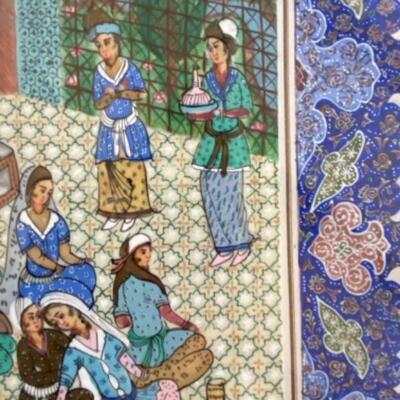
Persian Iranian “miniature†painting depicting classic courtyard scene of women in courtyard serving person on throne. This scene is paintstakingly hand painted on celluloid decorated with illumination in Khatam coated frame. It is painted and illuminated by hand and the frame is coated with khatam.The frame is in very good condition allthough there are some wear/missing parts specially on back The words taswir or nakish were used to define this art in Ottoman language. The studios the artists worked in were called Nakkashane. The miniatures were not signed. This is partly because of the world view of the tradition that rejected individualism. Another reason is that the works were not created entirely by one person: The head painter designed the composition of the scene and his apprentices drew the contours (which is called tahrir) with black or colored ink and then painted the miniature without creating an illusion of third dimension. The head painter, and much more often the scribe of the text were named and depicted in some of the manuscripts. The understanding of perspective is different from that of European Renaissance Painting tradition and the scene depicted may include different time periods and spaces. The miniatures followed closely the context of the book, resembling illustrations of the picture books today. The colors were obtained by ground powder pigments mixed with egg-white and later with diluted gum arabic. The colors were brilliant. Contrasting colors were used side by side with warm colors that reminds us of the 20th century avant-garde painters' approach in color selection. The color nuances of the same shade were applied in a masterly fashion. The most used colors were bright red, scarlet, green and different shades of blue. The world-view underlying the Ottoman miniature painting was also different from that of European Renaissance Painting tradition. The painters did not mainly aim to depict the human beings and other living or non-living beings realistically, although increasing realism is found from the later 16th century onwards. Like Plato , they despised mimesis because according to the world view of sufism the appearance of worldly beings was not permanent and worth devoting effort to. Painting is mounted onto handpainted border and then put in the frame. Amazing gilt and depth. Measures 16 x 20 framed, interior painting Is 6.5 x 10 , painted border 10 x 14â€. Lovely old work of Persian art. 332 / 932 sold -
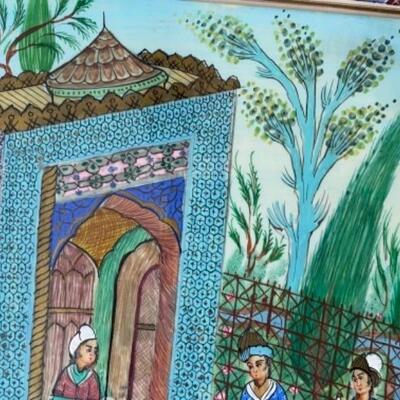
Persian Iranian “miniature†painting depicting classic courtyard scene of women in courtyard serving person on throne. This scene is paintstakingly hand painted on celluloid decorated with illumination in Khatam coated frame. It is painted and illuminated by hand and the frame is coated with khatam.The frame is in very good condition allthough there are some wear/missing parts specially on back The words taswir or nakish were used to define this art in Ottoman language. The studios the artists worked in were called Nakkashane. The miniatures were not signed. This is partly because of the world view of the tradition that rejected individualism. Another reason is that the works were not created entirely by one person: The head painter designed the composition of the scene and his apprentices drew the contours (which is called tahrir) with black or colored ink and then painted the miniature without creating an illusion of third dimension. The head painter, and much more often the scribe of the text were named and depicted in some of the manuscripts. The understanding of perspective is different from that of European Renaissance Painting tradition and the scene depicted may include different time periods and spaces. The miniatures followed closely the context of the book, resembling illustrations of the picture books today. The colors were obtained by ground powder pigments mixed with egg-white and later with diluted gum arabic. The colors were brilliant. Contrasting colors were used side by side with warm colors that reminds us of the 20th century avant-garde painters' approach in color selection. The color nuances of the same shade were applied in a masterly fashion. The most used colors were bright red, scarlet, green and different shades of blue. The world-view underlying the Ottoman miniature painting was also different from that of European Renaissance Painting tradition. The painters did not mainly aim to depict the human beings and other living or non-living beings realistically, although increasing realism is found from the later 16th century onwards. Like Plato , they despised mimesis because according to the world view of sufism the appearance of worldly beings was not permanent and worth devoting effort to. Painting is mounted onto handpainted border and then put in the frame. Amazing gilt and depth. Measures 16 x 20 framed, interior painting Is 6.5 x 10 , painted border 10 x 14â€. Lovely old work of Persian art. 333 / 932 sold -
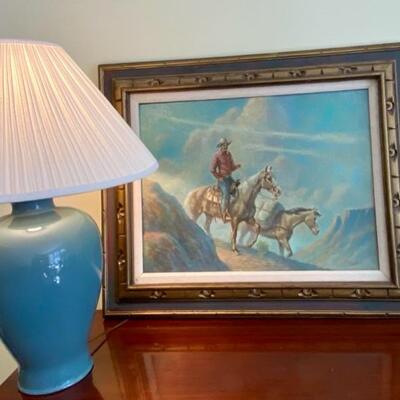
Large classic Western Cowboy painting , seems to be oil on canvas panel , titled New Mexico Pastoral by John Jellico of New Mexico. John Jellico was a famed western artist, art teacher, and the founder of the Art Institute of Colorado, located in historic, downtown Denver. Painting is 17.5 x 23.5 inside frame. Frame is 27 x 32â€. 334 / 932 -
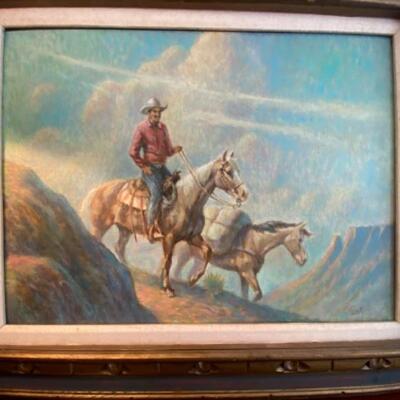
Large classic Western Cowboy painting , seems to be oil on canvas panel , titled New Mexico Pastoral by John Jellico of New Mexico. John Jellico was a famed western artist, art teacher, and the founder of the Art Institute of Colorado, located in historic, downtown Denver. Painting is 17.5 x 23.5 inside frame. Frame is 27 x 32â€. 335 / 932 -
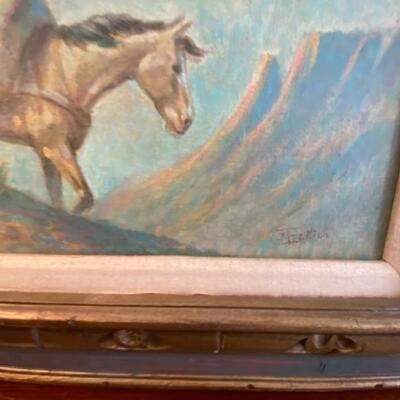
Large classic Western Cowboy painting , seems to be oil on canvas panel , titled New Mexico Pastoral by John Jellico of New Mexico. John Jellico was a famed western artist, art teacher, and the founder of the Art Institute of Colorado, located in historic, downtown Denver. Painting is 17.5 x 23.5 inside frame. Frame is 27 x 32â€. 336 / 932 -
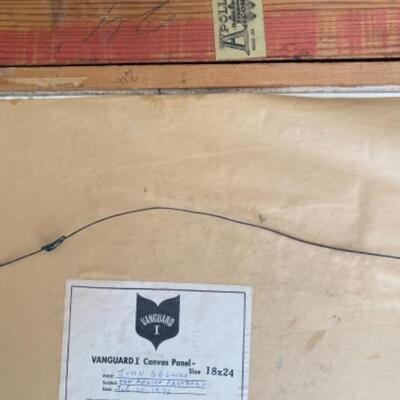
Large classic Western Cowboy painting , seems to be oil on canvas panel , titled New Mexico Pastoral by John Jellico of New Mexico. John Jellico was a famed western artist, art teacher, and the founder of the Art Institute of Colorado, located in historic, downtown Denver. Painting is 17.5 x 23.5 inside frame. Frame is 27 x 32â€. 337 / 932 -
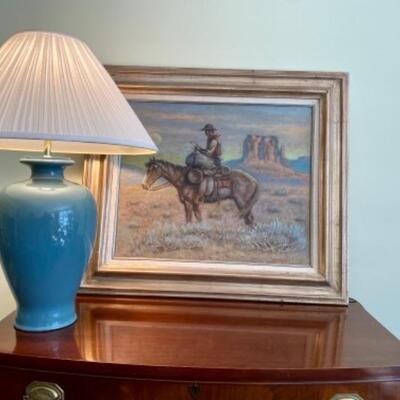
Nice c 1970 Oil on canvas cowboy painting by noted Western painter John Jellico, founder of The Colorado Institute of Art. Featuring perfect “Marlboro man†on his horse with kerchief against Western backdrop. On framed canvas. Measures 19 x 23.5 inside frame , 28.5 x 32.5 outside. Nice pale gold frame marked Mexico. 340 / 932 -
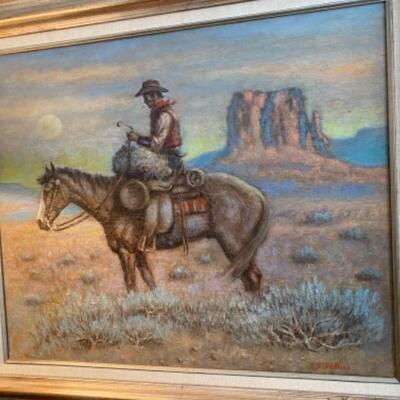
Nice c 1970 Oil on canvas cowboy painting by noted Western painter John Jellico, founder of The Colorado Institute of Art. Featuring perfect “Marlboro man†on his horse with kerchief against Western backdrop. On framed canvas. Measures 19 x 23.5 inside frame , 28.5 x 32.5 outside. Nice pale gold frame marked Mexico. 341 / 932 -
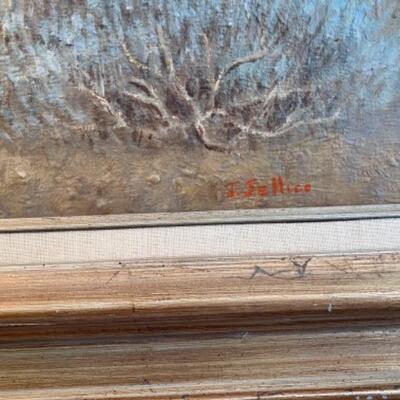
Nice c 1970 Oil on canvas cowboy painting by noted Western painter John Jellico, founder of The Colorado Institute of Art. Featuring perfect “Marlboro man†on his horse with kerchief against Western backdrop. On framed canvas. Measures 19 x 23.5 inside frame , 28.5 x 32.5 outside. Nice pale gold frame marked Mexico. 342 / 932 -
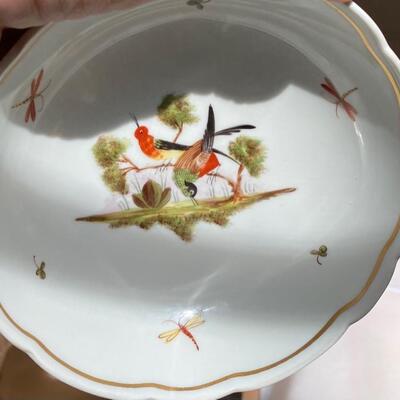
Beautifully handpainted early porcelain tri foot bowl with handpainted birds eating seat, with flying dragonflies and clover inside bowl. Looks much like earlier version Herend Rothschild — marked as shown in what I believe to be Sevres mark . 5 3/4†diameter, 3 3/4†tall, Scalloped edge - gorgeous ! 347 / 932 -
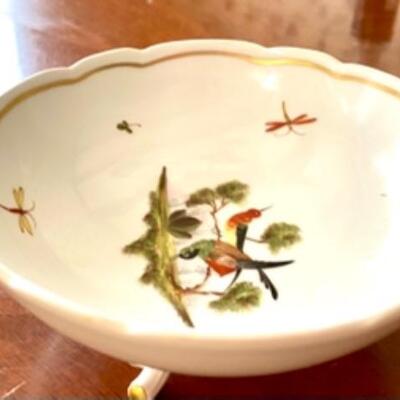
Beautifully handpainted early porcelain tri foot bowl with handpainted birds eating seat, with flying dragonflies and clover inside bowl. Looks much like earlier version Herend Rothschild — marked as shown in what I believe to be Sevres mark . 5 3/4†diameter, 3 3/4†tall, Scalloped edge - gorgeous ! 348 / 932 -
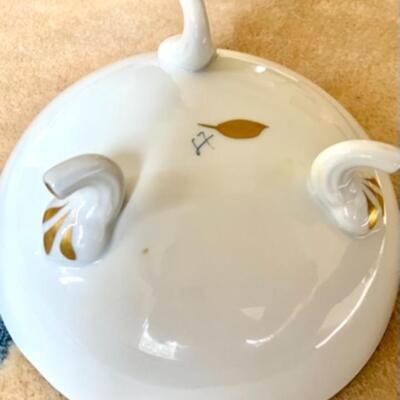
Beautifully handpainted early porcelain tri foot bowl with handpainted birds eating seat, with flying dragonflies and clover inside bowl. Looks much like earlier version Herend Rothschild — marked as shown in what I believe to be Sevres mark . 5 3/4†diameter, 3 3/4†tall, Scalloped edge - gorgeous ! 349 / 932 -

Fabulous group of four mahogany Edwardian chairs with sheaf of wheat backs and vibrant needlepoint seats ( replacements from 1960s or 70s ). Two arm chairs and two armless, great for a round table , seating group or at vanity etc. Armchairs are 19.5†wide, side chairs 16†wide, 36†tall backs, 16†tall seats. Excellent used condition. 350 / 932 -
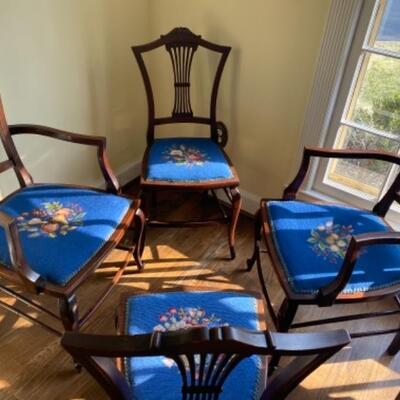
Fabulous group of four mahogany Edwardian chairs with sheaf of wheat backs and vibrant needlepoint seats ( replacements from 1960s or 70s ). Two arm chairs and two armless, great for a round table , seating group or at vanity etc. Armchairs are 19.5†wide, side chairs 16†wide, 36†tall backs, 16†tall seats. Excellent used condition. 351 / 932 -
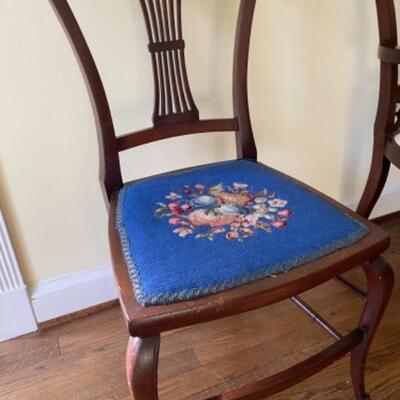
Fabulous group of four mahogany Edwardian chairs with sheaf of wheat backs and vibrant needlepoint seats ( replacements from 1960s or 70s ). Two arm chairs and two armless, great for a round table , seating group or at vanity etc. Armchairs are 19.5†wide, side chairs 16†wide, 36†tall backs, 16†tall seats. Excellent used condition. 352 / 932 -
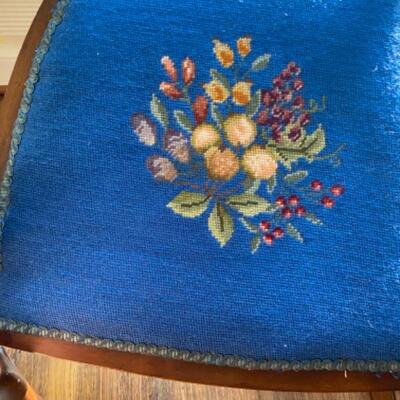
Fabulous group of four mahogany Edwardian chairs with sheaf of wheat backs and vibrant needlepoint seats ( replacements from 1960s or 70s ). Two arm chairs and two armless, great for a round table , seating group or at vanity etc. Armchairs are 19.5†wide, side chairs 16†wide, 36†tall backs, 16†tall seats. Excellent used condition. 353 / 932 -
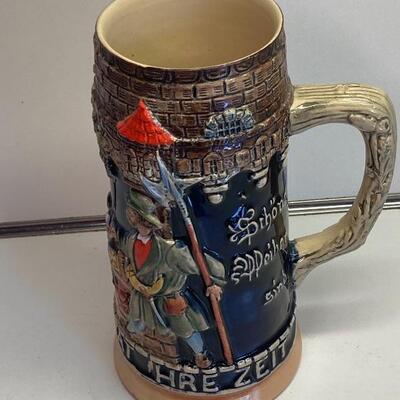
Good condition. No apparent chips 368 / 932 sold -
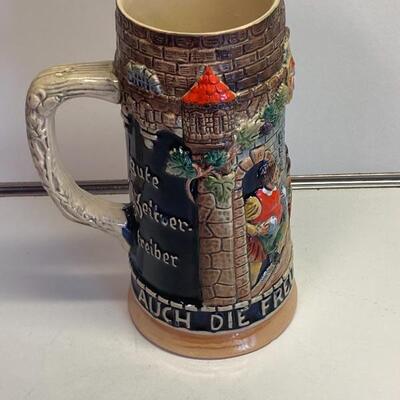
Good condition. No apparent chips 369 / 932 sold -
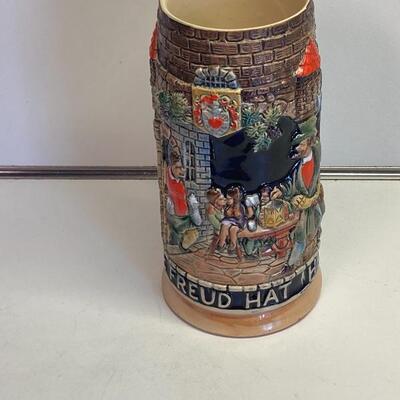
Good condition. No apparent chips 370 / 932 sold -
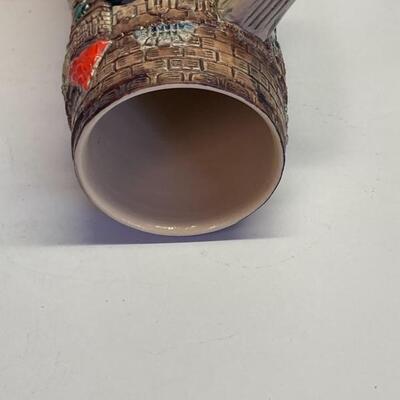
Good condition. No apparent chips 371 / 932 sold -
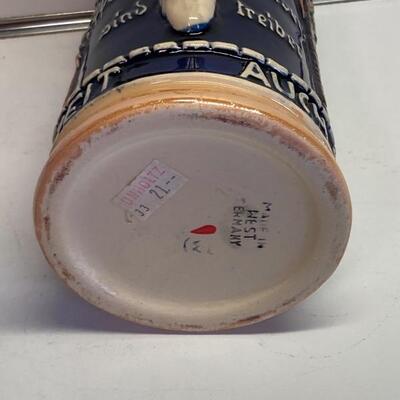
Good condition. No apparent chips 372 / 932 sold -
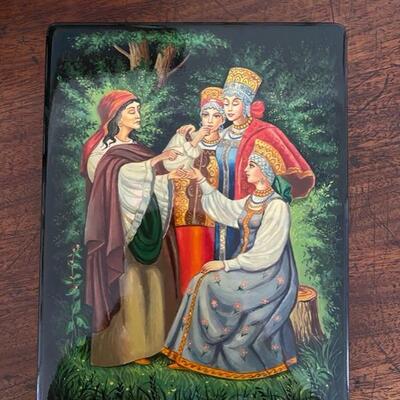
Large fine vintage lacquer box by famed Federesko studio , signed by individual artist as well. Inlaid with mother of pearl , see the glistening sleeves. Handpainted classic FORTUNE TELLER scene with stunning red interior. Artist initials right hand corner. AK 5 1/2" X 71/2" 2" height . MINT 375 / 932 sold -
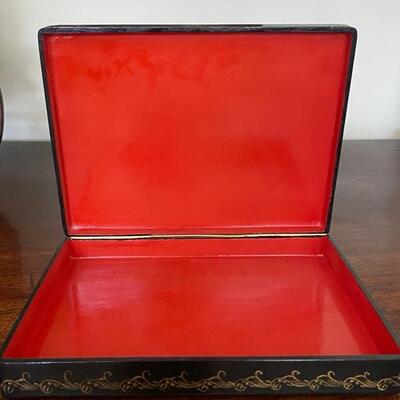
Large fine vintage lacquer box by famed Federesko studio , signed by individual artist as well. Inlaid with mother of pearl , see the glistening sleeves. Handpainted classic FORTUNE TELLER scene with stunning red interior. Artist initials right hand corner. AK 5 1/2" X 71/2" 2" height . MINT 376 / 932 sold -
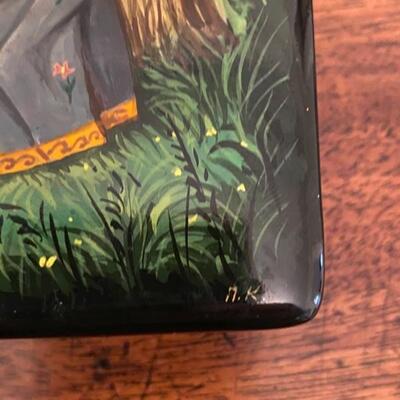
Large fine vintage lacquer box by famed Federesko studio , signed by individual artist as well. Inlaid with mother of pearl , see the glistening sleeves. Handpainted classic FORTUNE TELLER scene with stunning red interior. Artist initials right hand corner. AK 5 1/2" X 71/2" 2" height . MINT 377 / 932 sold -
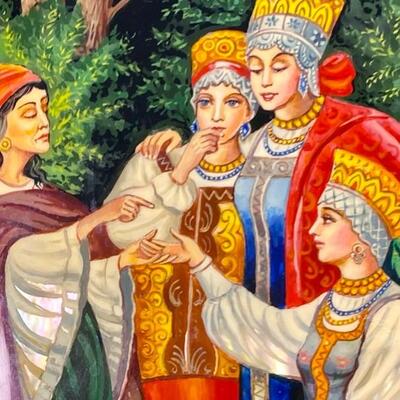
Large fine vintage lacquer box by famed Federesko studio , signed by individual artist as well. Inlaid with mother of pearl , see the glistening sleeves. Handpainted classic FORTUNE TELLER scene with stunning red interior. Artist initials right hand corner. AK 5 1/2" X 71/2" 2" height . MINT 378 / 932 sold -
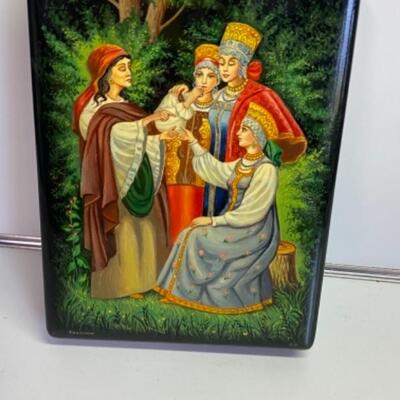
Large fine vintage lacquer box by famed Federesko studio , signed by individual artist as well. Inlaid with mother of pearl , see the glistening sleeves. Handpainted classic FORTUNE TELLER scene with stunning red interior. Artist initials right hand corner. AK 5 1/2" X 71/2" 2" height . MINT 379 / 932 sold -
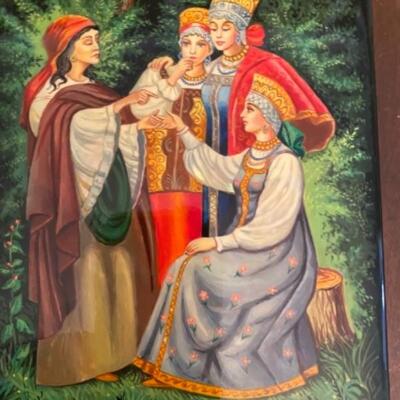
Large fine vintage lacquer box by famed Federesko studio , signed by individual artist as well. Inlaid with mother of pearl , see the glistening sleeves. Handpainted classic FORTUNE TELLER scene with stunning red interior. Artist initials right hand corner. AK 5 1/2" X 71/2" 2" height . MINT 380 / 932 sold -
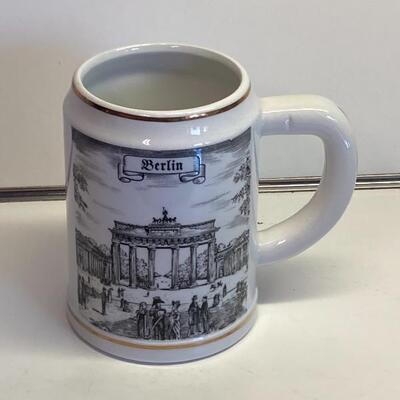
Height - 5†386 / 932 -
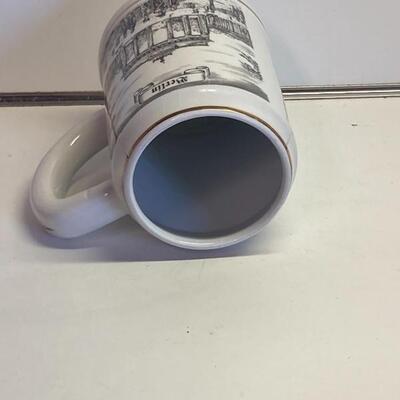
Height - 5†387 / 932 -
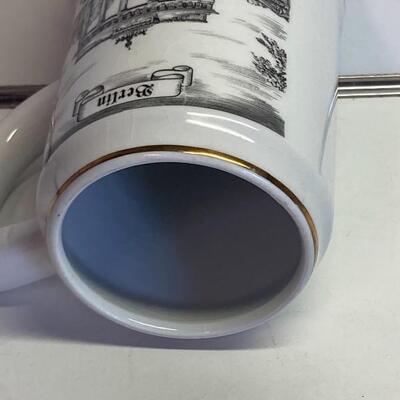
Height - 5†388 / 932 -
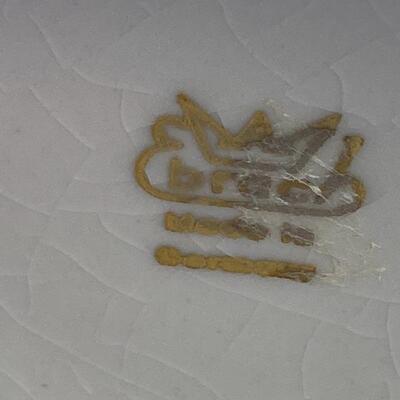
Height - 5†389 / 932 -
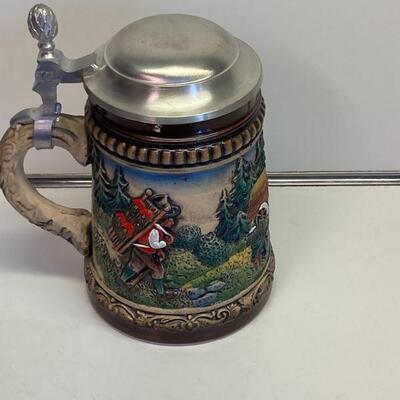
Pewter lid, matte handpainted Purchased 1990 Frankfort 398 / 932 sold -
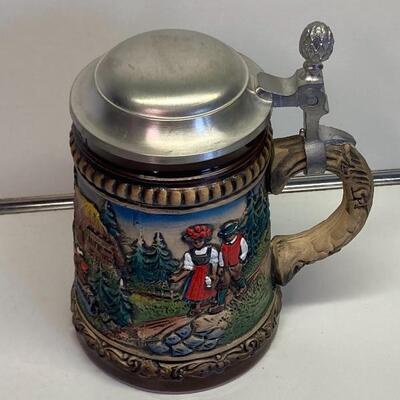
Pewter lid, matte handpainted Purchased 1990 Frankfort 399 / 932 sold -
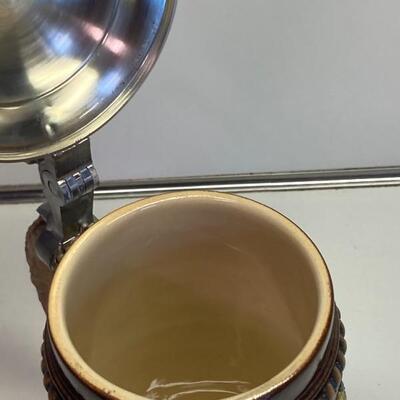
Pewter lid, matte handpainted Purchased 1990 Frankfort 400 / 932 sold
Photos 301 - 400 of 932
Per page:
